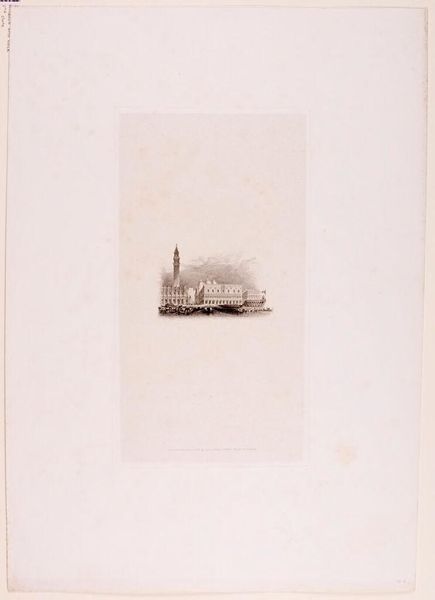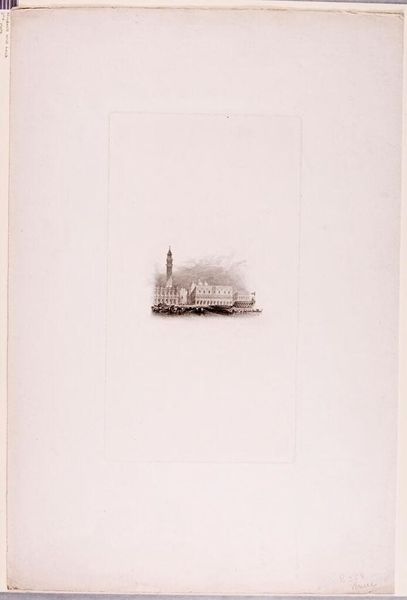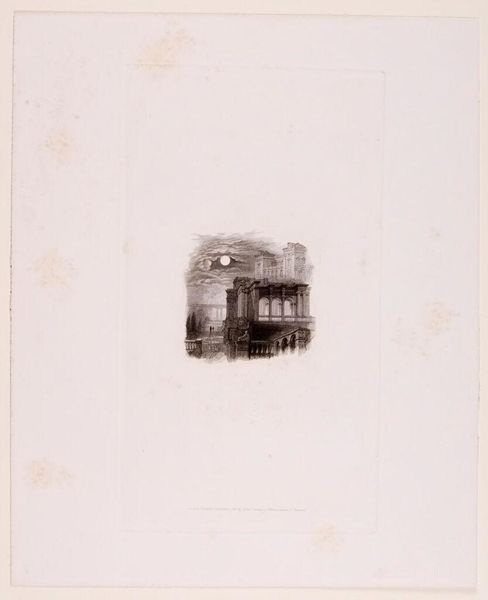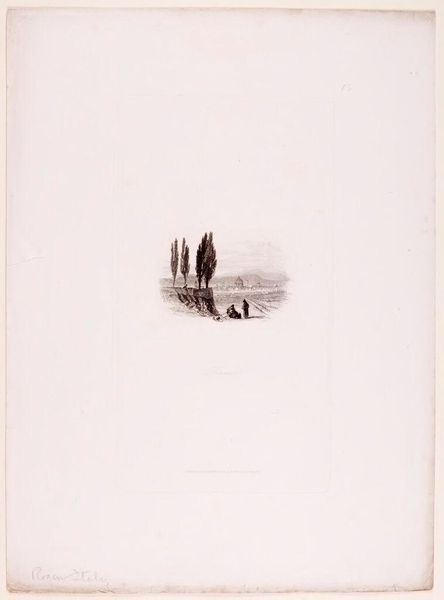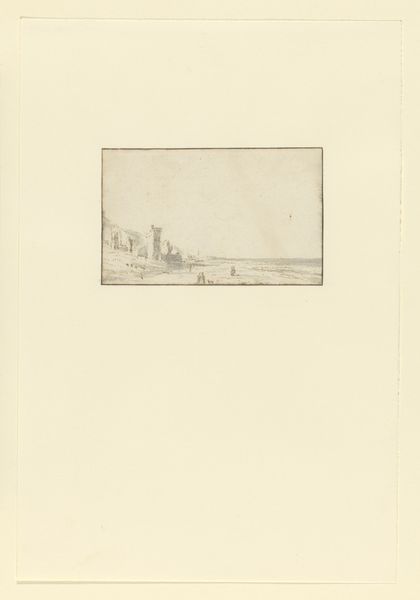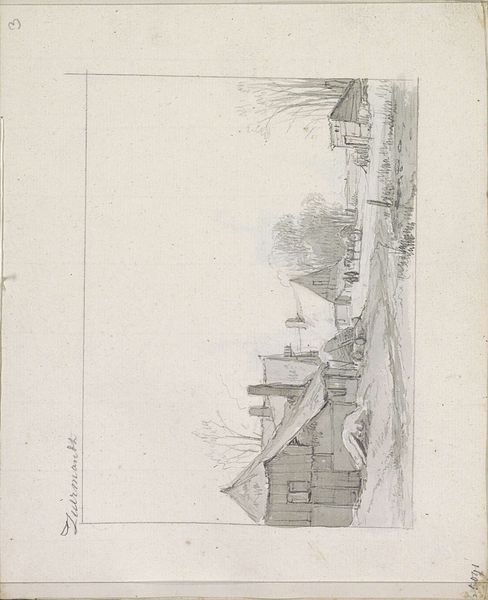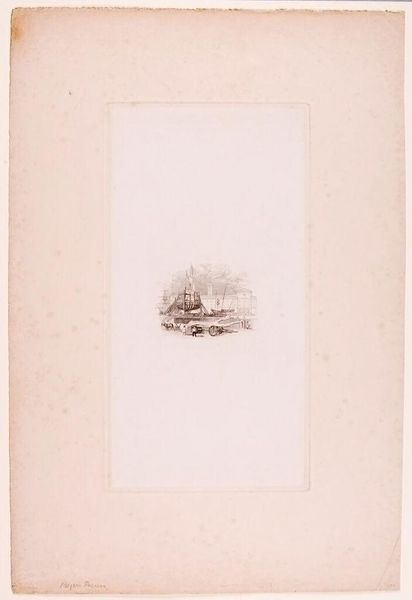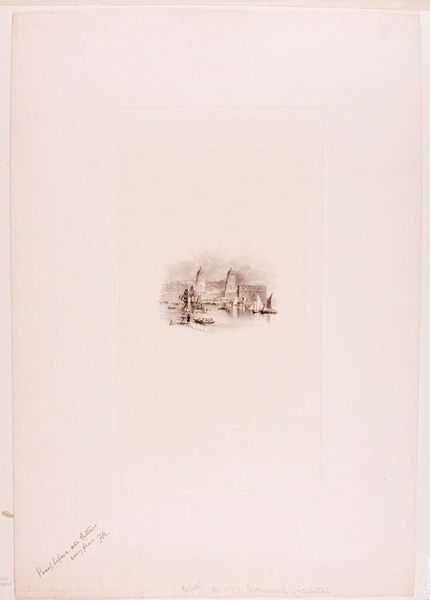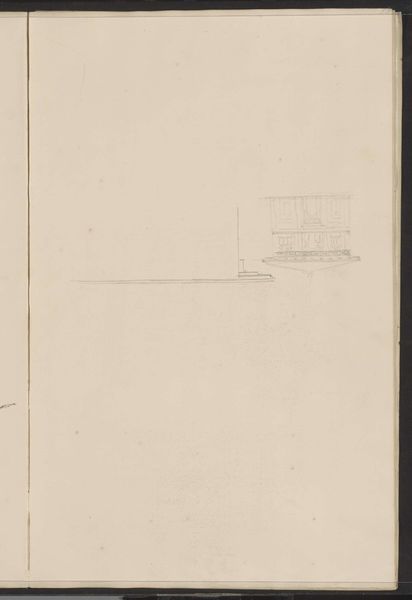
drawing, paper, pencil
#
drawing
#
neoclacissism
#
pencil sketch
#
landscape
#
paper
#
pencil
#
academic-art
#
realism
Dimensions: height 230 mm, width 153 mm
Copyright: Rijks Museum: Open Domain
Willem Frederik Wehmeyer’s delicate lithograph captures the Weeshuis, or orphanage, in Den Briel, founded in 1562 by A. Merula. The building's simple yet imposing facade presents a stark face to the world, punctuated by a central tower that rises like a sentinel. Consider the image of the orphanage itself. The architectural form, with its rows of windows and central tower, echoes similar structures across Europe, from monasteries to hospitals. The concept of institutional buildings has always served not only practical purposes but also symbolic ones: they embody the idea of collective care, social order, and the hope for a structured future. We can trace this architectural motif back to the Roman era, where public buildings were designed to convey power and stability. Over time, as civilizations rose and fell, the symbolic language of these forms persisted, evolving to meet the needs and reflect the values of each era. Even today, the design of schools and care homes continues to engage with this deep-seated visual memory. The orphanage's enduring presence is testament to our collective, sometimes subconscious, desire for stability and continuity.
Comments
No comments
Be the first to comment and join the conversation on the ultimate creative platform.
